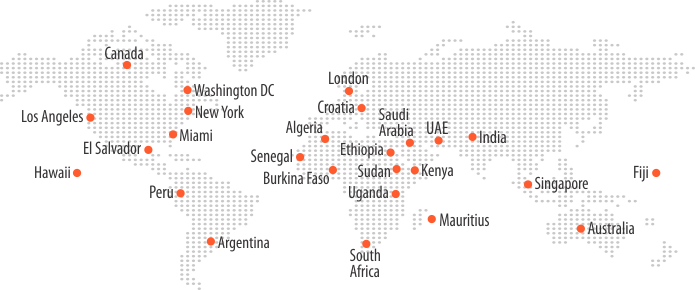Revenue Assurance in the Times of Ever-Changing Telecom Services

The digital disruption has triggered a massive wave of transition and most industries are left with no choice but to devise new strategies to protect their revenue streams. Shop owners listing their products on e-commerce website giants like Amazon, banks delivering their key services through mobile applications are just a few examples of such strategies.
Parallelly, the telecom industry has been facing challenges due to various developments that have a direct impact on the revenue streams. New technologies such as the Internet of Things (IoT), Augmented Reality (AR), Virtual Reality (VR), microservices, and others need telecom providers to restructure their business plans and rebuild their operations, architecture, and networks to match with the cloud era.
Consolidation of Telecom Services- The Survival Pill in the OTT Era
Looking back at the era of 2G and 3G- accounting and maintaining revenues was much simpler as there were limited telecom services- mainly voice and messaging. And, despite the increasing data traffic by a hundredfold in the last 10 years, it has not resulted in increased revenues for the industry. This is the time for partnerships and intricate ecosystems to bring value-added services to the users of telecom.
To assure growth and relevance in the industry several network operators and Mobile Virtual Network Operators are safeguarding their bottom lines by forming multiple partnerships for audio and video content, marketing, m-commerce, gaming, Over-the-Top services, Internet of Things (IoT), consumer analytics, cloud computing, and other services.
With such transmutation, there is an increased pressure on telecom revenue assurance solutions to mitigate revenue leakages. A research states that the global Telecom Billing Software market size is expected to grow at a CAGR of 8.5% from 2020 to 2025. Here are the key causes that lead to revenue leakages in the current telecom paradigm.
Leakage of revenue occurs due to a variety of causes, the most significant of which are:
- Using new technology in billing systems
- New product roll-out
- Changes in network element configuration
- Redundant Fraud Management Solution
- Issues with roaming and connectivity
- Coordination between teams and network elements is lacking
- Errors due to the use of manual billing, verification, and auditing systems
The Persistent Users Impact on the Telecom Revenue
Subscriber behavior was very different in the 2G and 3G eras. Users were quick to call an operator’s call center, visit their website, send an SMS service request, and were even willing to wait a few hours for the service to be activated. Before turning on the service and billing, the operator used this time to validate system integrity and account balances, among other things.
With the advent of 4G/LTE and a culture of immediate service consumption, even a minor delay in service activation is resulting in revenue loss due to short patience span of users. The time to activate services and plug leaks is no longer available. With 5G on the horizon, revenue assurance will only be a bigger challenge. Today’s sophisticated networks are already generating an excessive amount of data that is impossible to manage and consume in real-time. As a result, operators must start putting in place systems and processes that can handle the complexity of the advanced telecom ecosystem as well as the expanding data volumes. Here are the 3 primary ways telecom companies can strengthen revenue assurance in the imminent 5G era.
- Reducing reliance on traditional technology for billing and fraud detection
- Leveraging machine learning and advanced analytics- detect threats while they occur
- Taking decisions/actions in real-time based on data anomalies
Catching Up with the User Pace
Real-time revenue assurance solutions are the only solution to match the pace of today’s telecom users as well as the imminent velocity of 5G. The concerns and challenges around revenue assurance are only expected to grow in the industry. To survive and come up as a leader, network operators must prioritize the safety of revenue across channels.
Panamax’s Revenue Management solution is a cutting-edge platform that includes billing, rate and policy management, deal and dispute management, order management, and more. It is top-notch at assisting telecom operators in automating business processes, providing accurate billing, rating, and routing management, detecting and preventing fraud, and avoiding revenue leakage while lowering development and deployment costs. The solution employs real-time fraud detection using AI/ML and signaling profiling assess every revenue leakage potential for each source.
Related Posts
Upgrade From CRM To TRM To Increase Telecom Services Revenue
Telco Fraud Prevention Strategies And Revenue Assurance In The 5G Era






